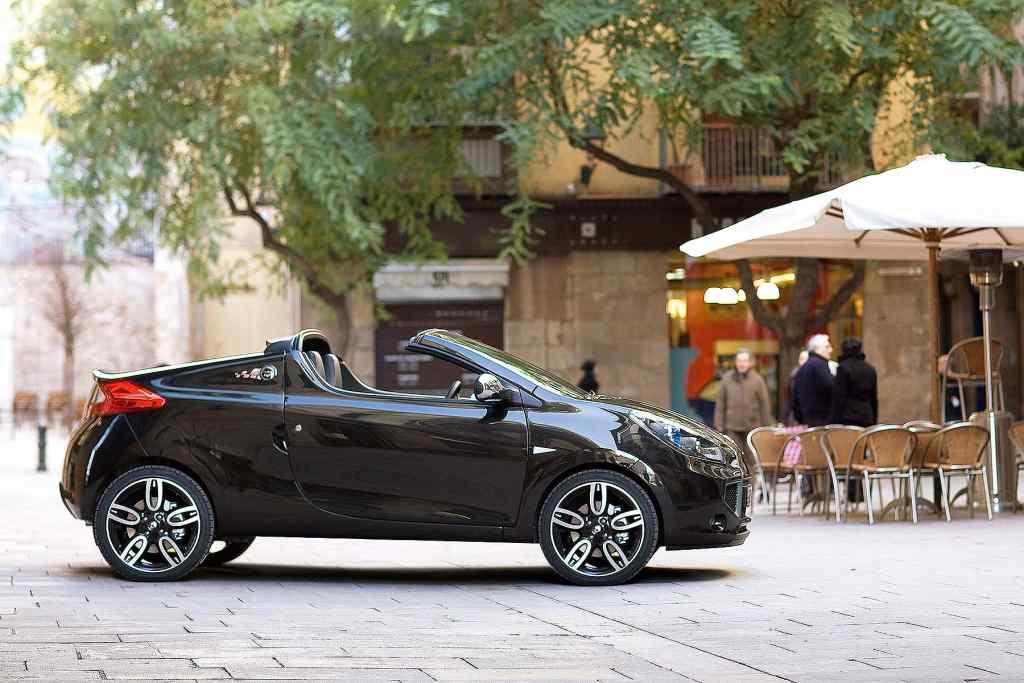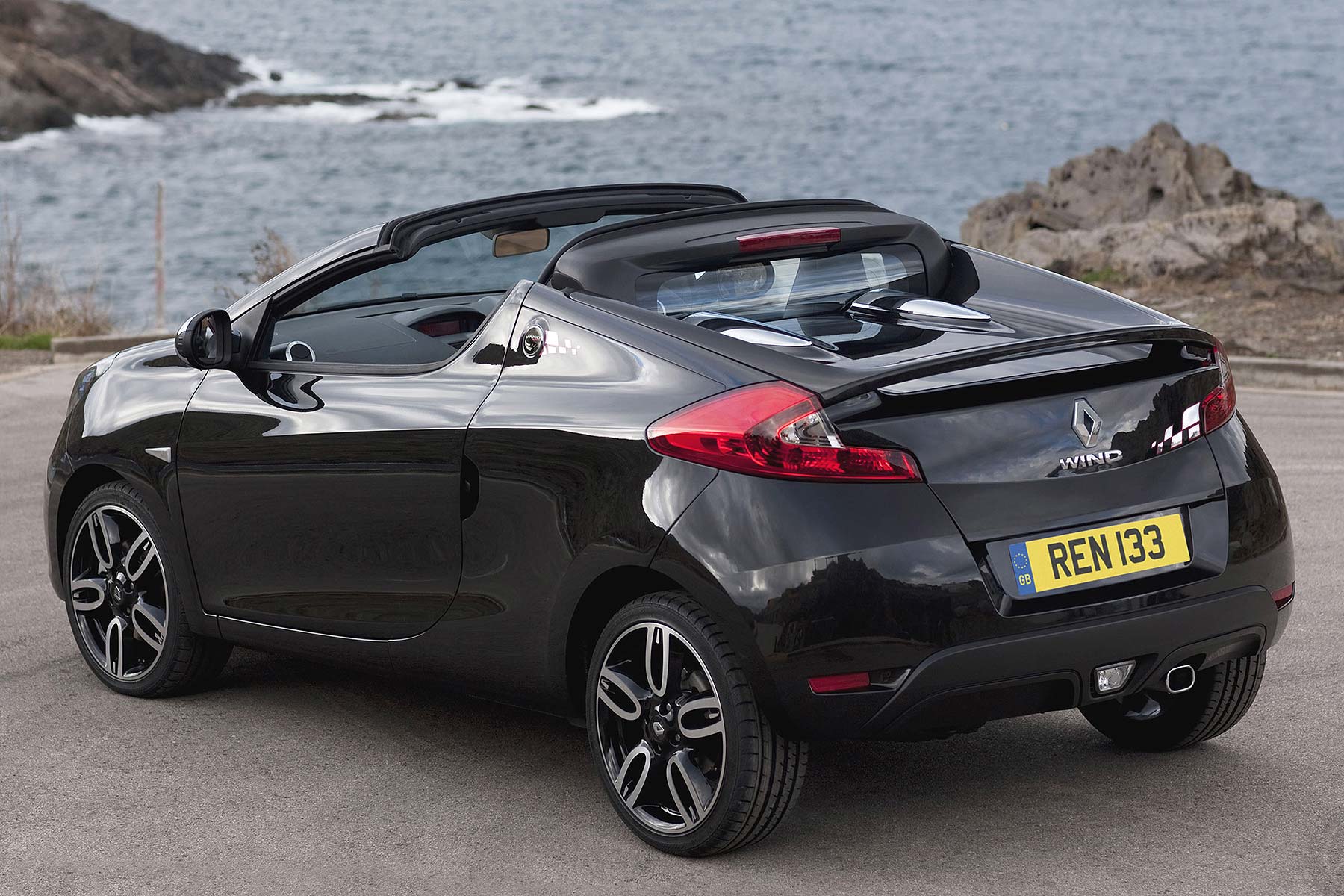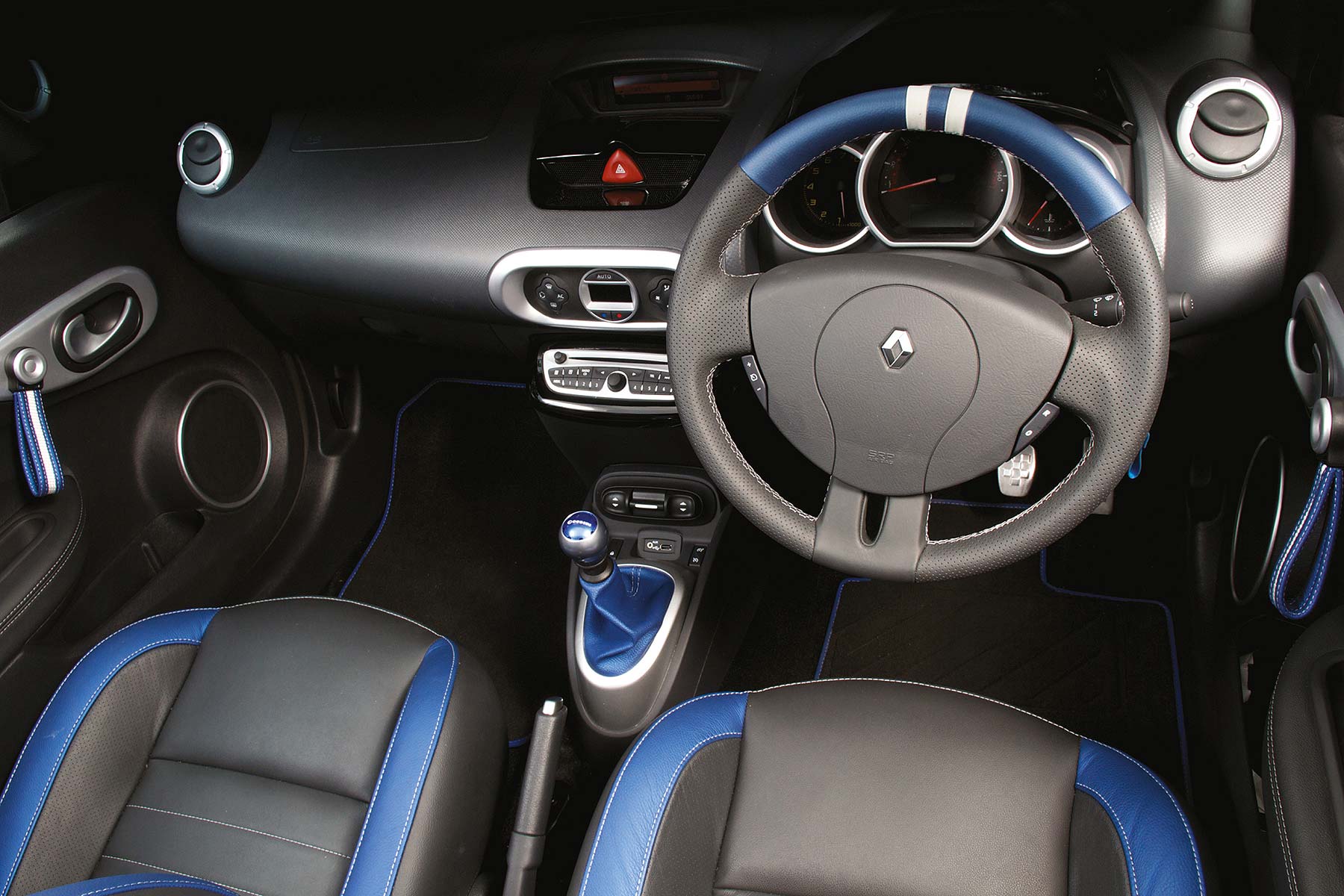Classic car restoration specialist Thornley Kelham has unveiled the first car in its ‘European’ restomod range.
The Cotswold-based company has given the Jaguar XK a comprehensive overhaul, leaving virtually no component untouched.
This includes styling by ex-McLaren designer Paul Howse, along with a reworked interior featuring modern comforts.
The heart of the XK European programme, however, is about delivering levels of performance that Jaguar could not have imagined in the 1950s.
Smoother, cleaner, lighter

An all-aluminium body is crafted specially for the XK European, including Paul Howse’s bespoke modifications. These include lowering the roof line, widening the wheelarches and removing all chrome trim.
The approach builds on the success of the Thornley Kelham’s previous Lancia Aurelia Outlaw restomod, and produces a much cleaner look for the XK European.
On the inside, Thornley Kelham fits a redesigned dashboard. Body-coloured aluminium trim surrounds the traditional dials, with new seats that are more supportive than the Jaguar originals.
A discreet roll cage is incorporated, with buyers also gaining air conditioning, electric windows and even Bluetooth phone connectivity.
Classic looks, new performance
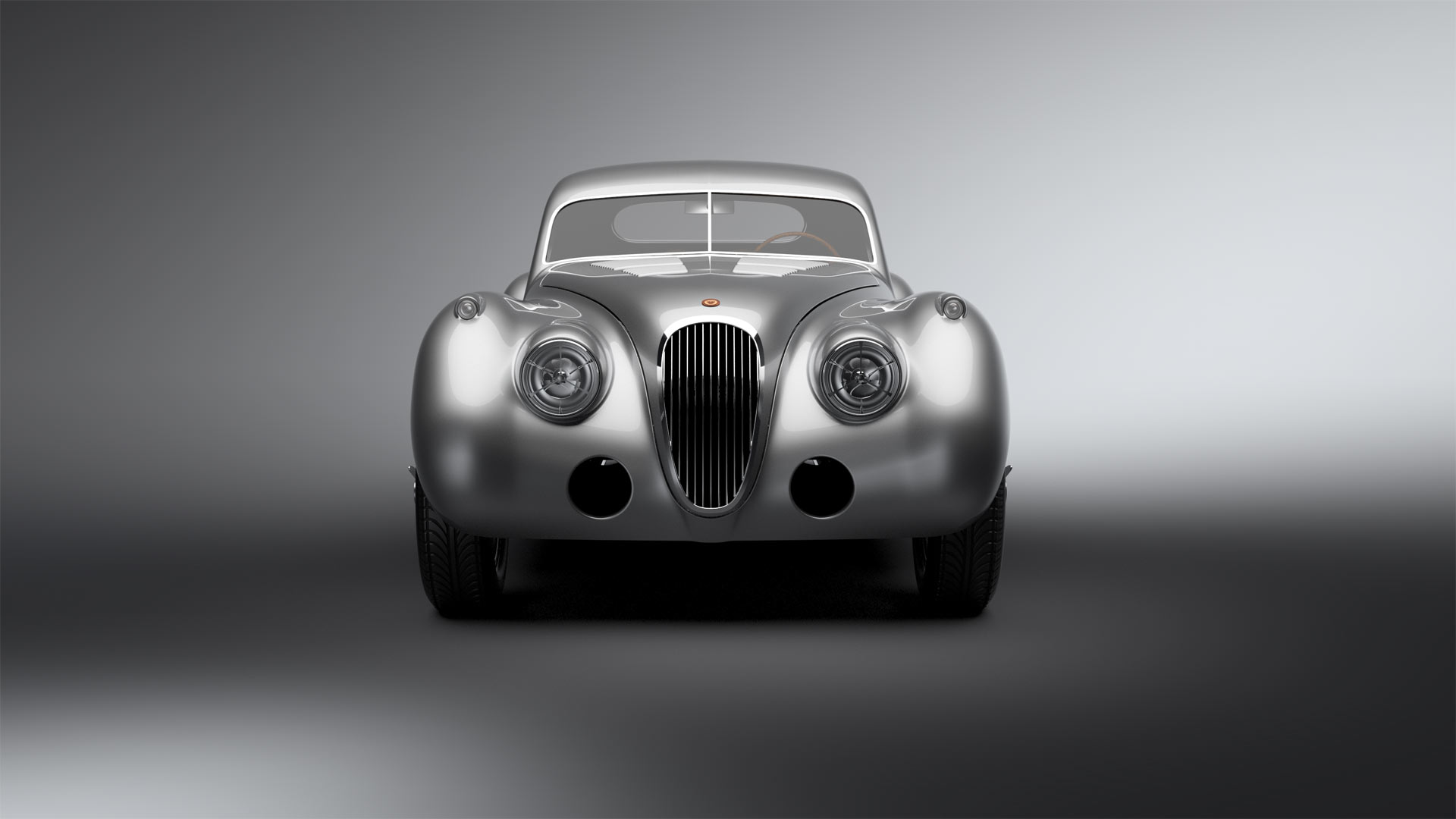
Thornley Kelham’s biggest change to the XK European is found beneath the redesigned bonnet. The 3.8-litre Jaguar straight-six engine has been tuned to deliver up to 340hp – far more than the 220hp an XK might have left the factory with.
The all-aluminium engine features a bespoke camshaft, rebored cylinders and an upgraded aluminium radiator with an oil cooler. A five-speed manual transmission is standard.
The traditional leaf-spring suspension has been ditched, with the XK European using double wishbones front and rear, Bilstein coilover shock absorbers and Eibach springs.
New disc brakes are fitted to all four corners, ensuring the Jaguar can stop as quickly as it goes.
Automotive icons reimagined

Simon Thornley, co-founder of Thornley Kelham, said: “With our concours-winning restoration heritage and our years of experience in perfecting our bespoke Lancia Aurelia ‘Outlaw’ project, we have developed a team perfectly placed to design and engineer a car that reimagines automotive icons authentically, in intricate detail and with a fastidious attention to quality.
“The Jaguar XK European is, to our eyes, the most beautiful car yet in the restomod sector, backed up with expertise and experience in developing cars that aren’t just perfect in their finish, but thrilling to own and drive.”
The company is currently developing the first XK European commission, with the entire build process likely to take more than 5,000 hours. Paintwork alone is said to account for 800 hours.
Such a meticulous build-process means the XK European doesn’t come cheap. Customers will need to find at least £550,000, plus the cost of a donor vehicle, with production numbers set to be extremely limited.
ALSO READ:
British-built Bizzarrini 5300 GT Corsa Revival takes to the road



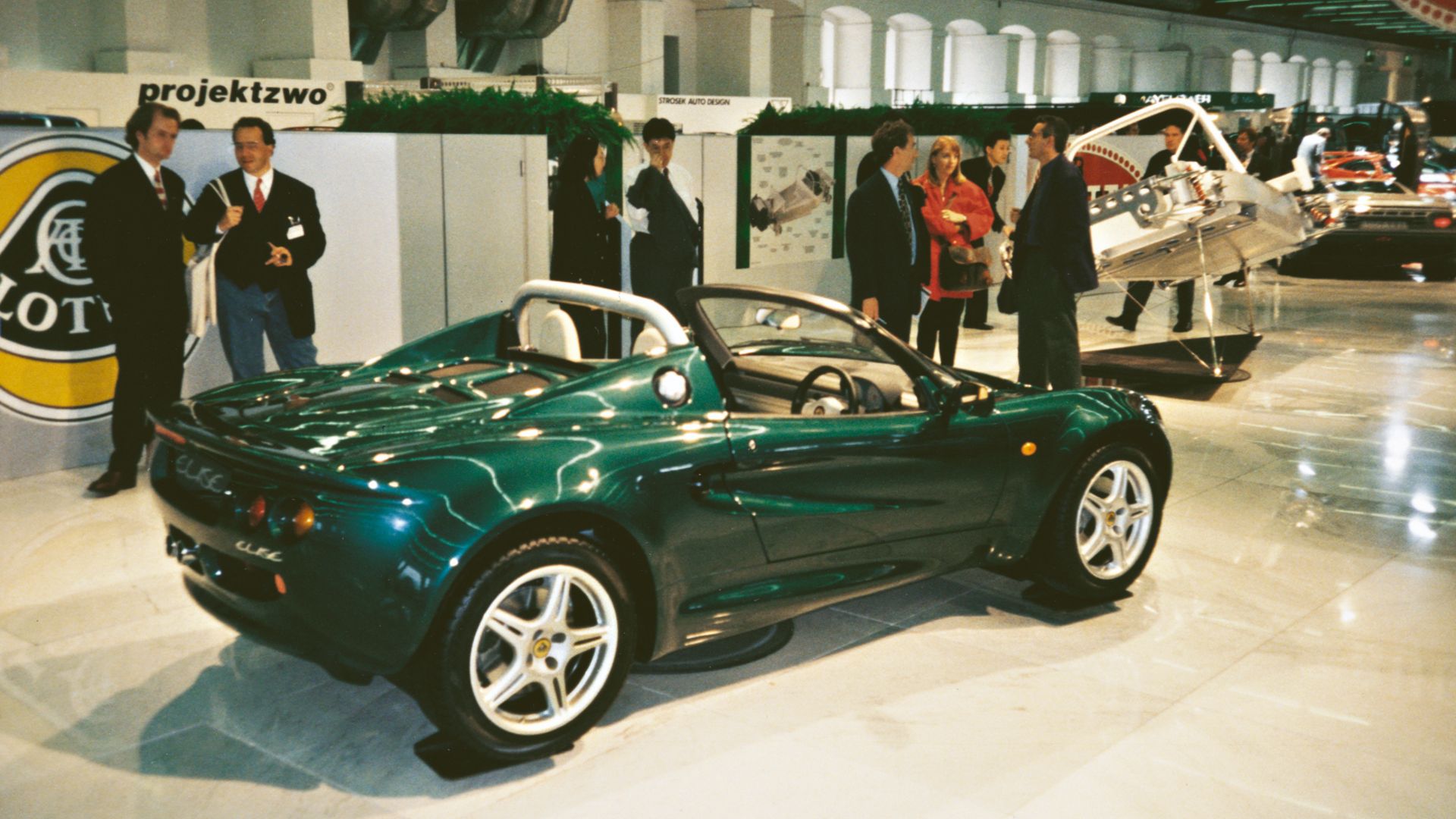
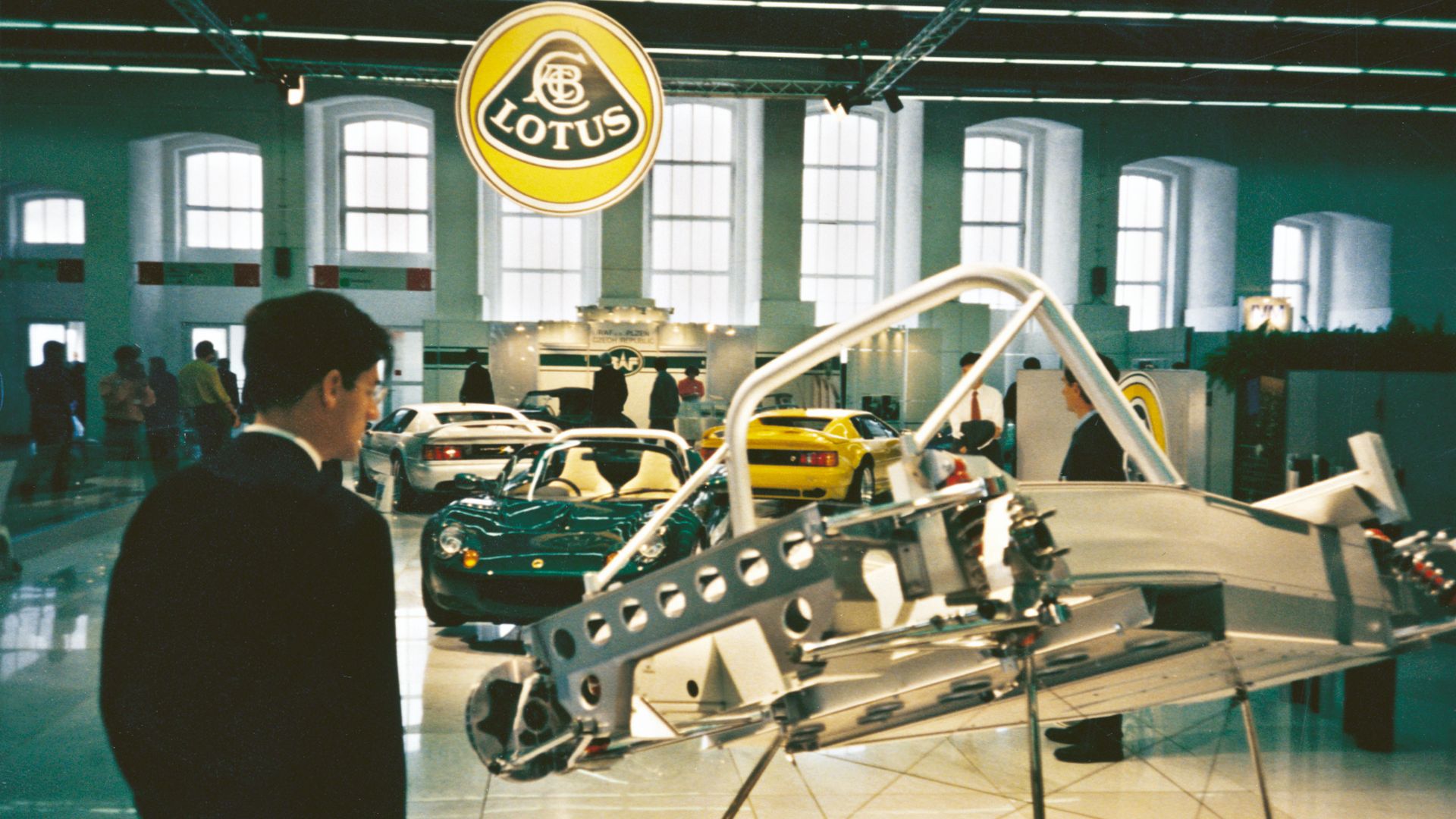


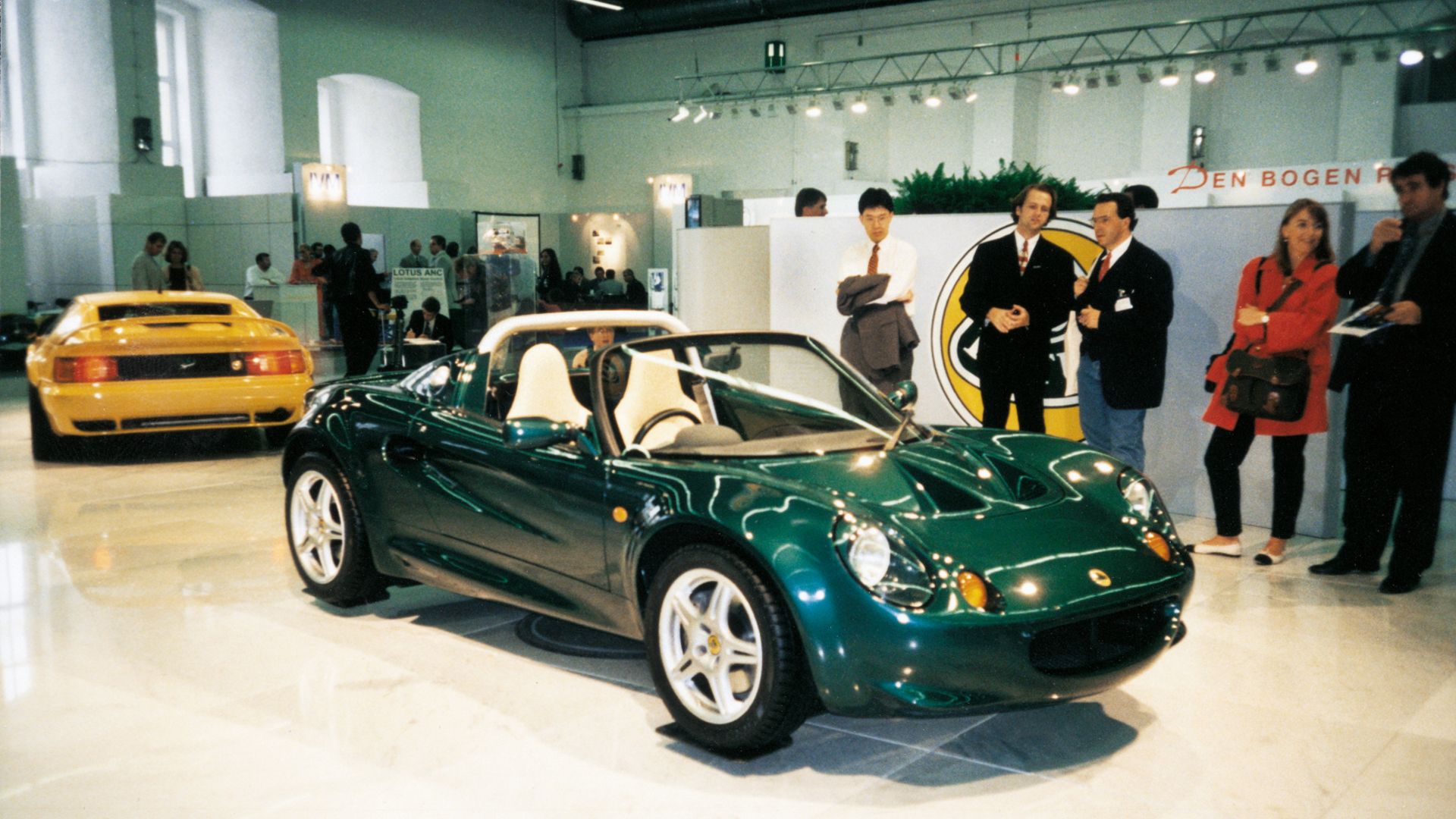


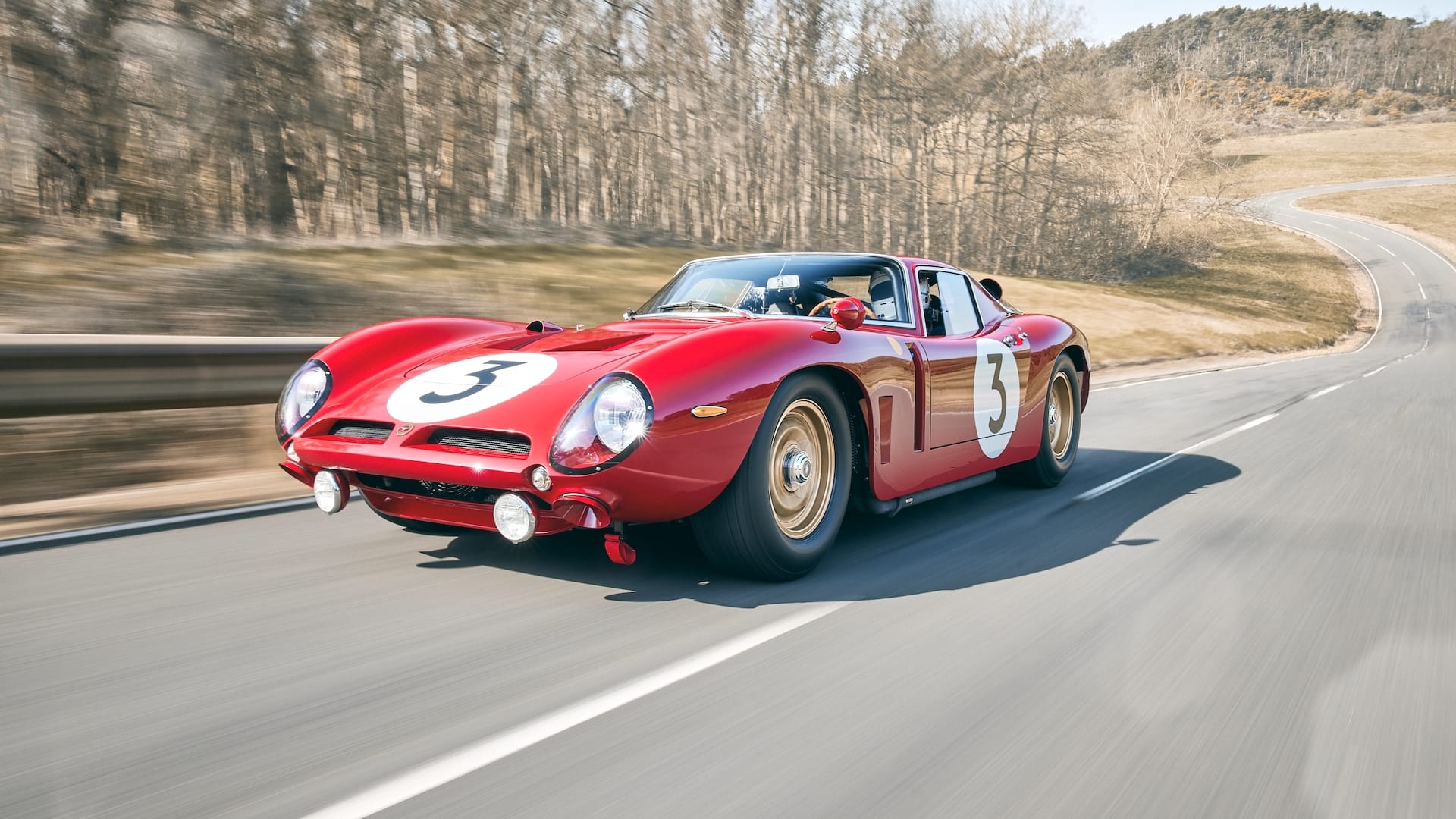
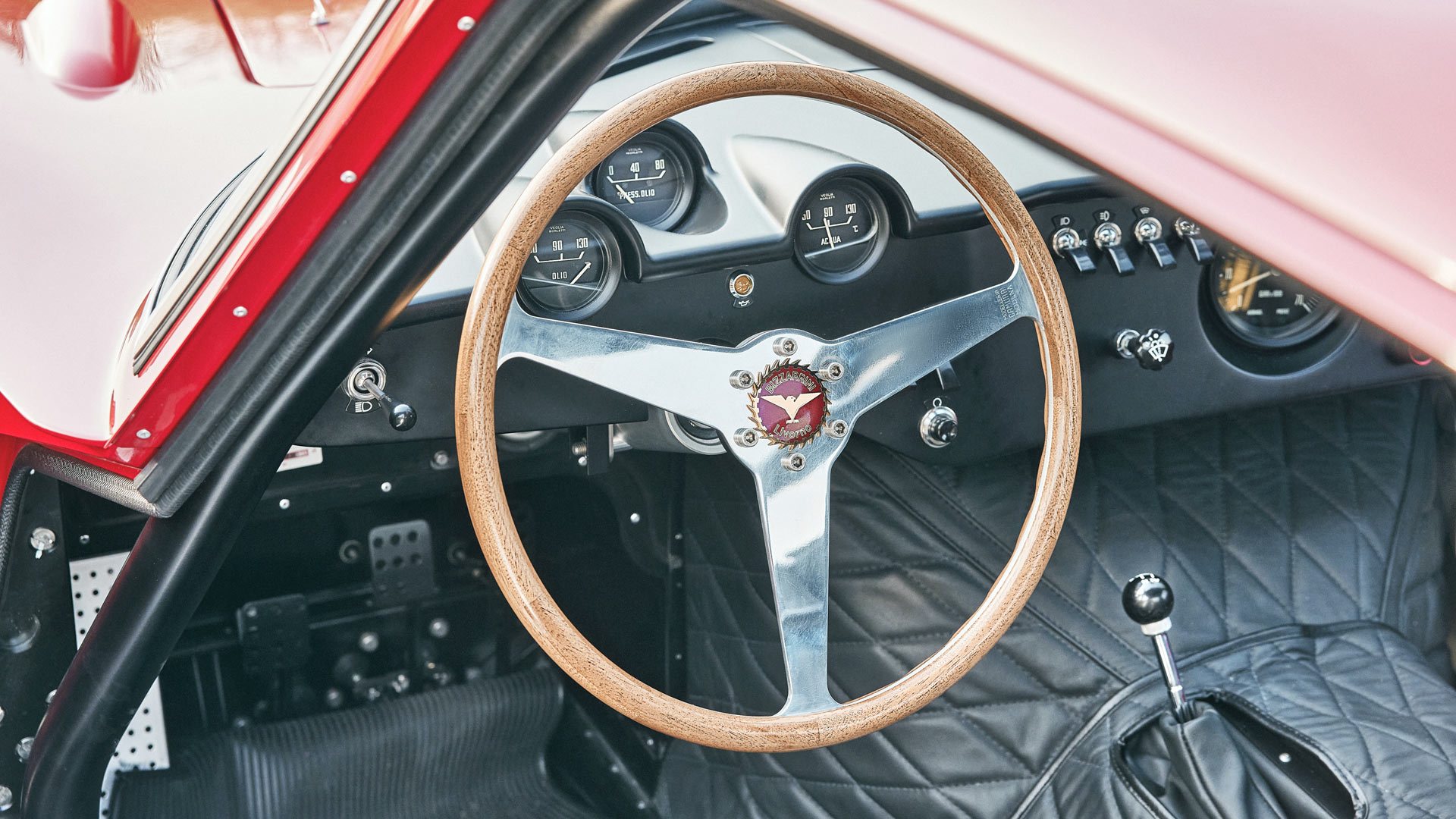
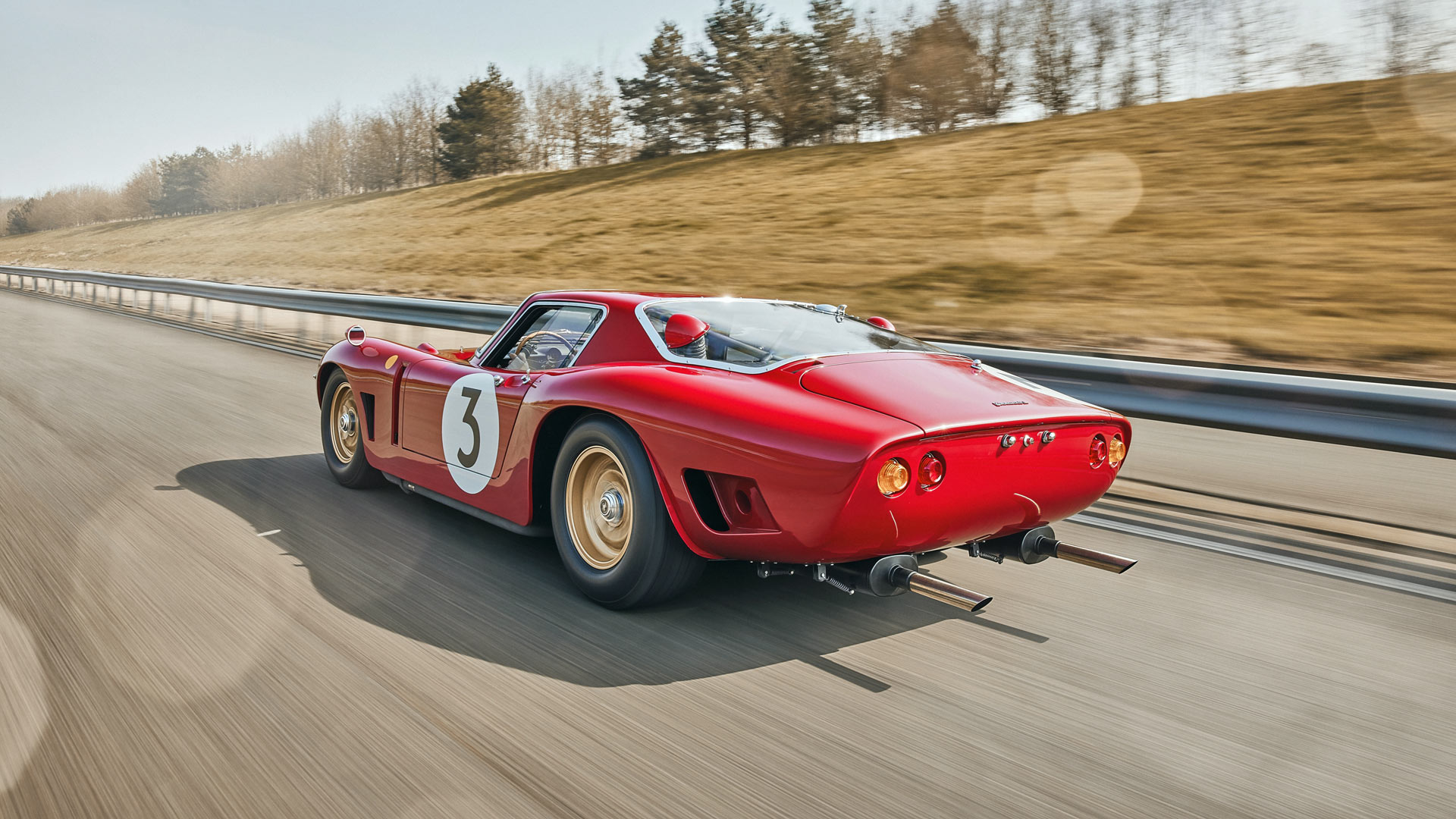

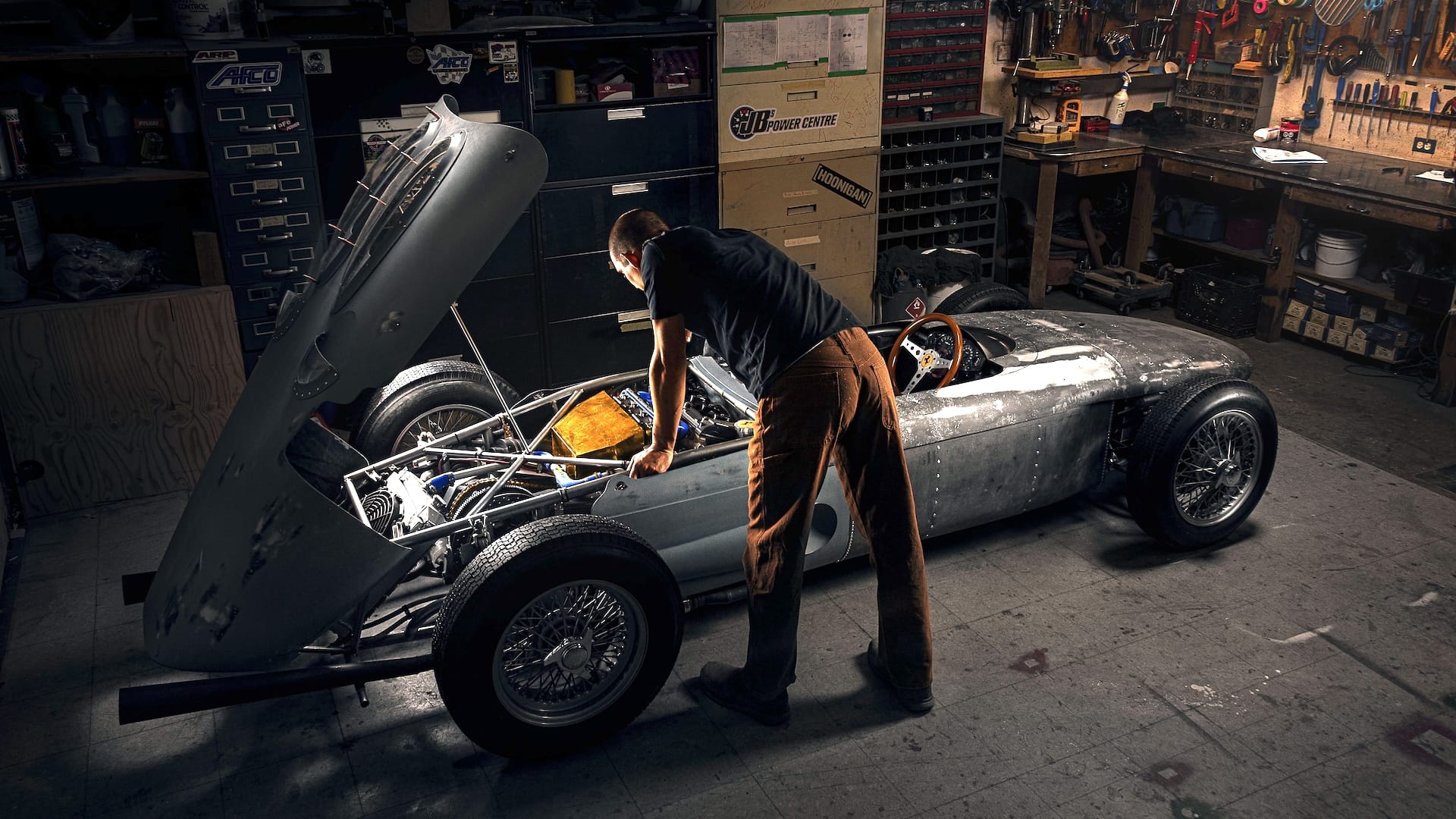
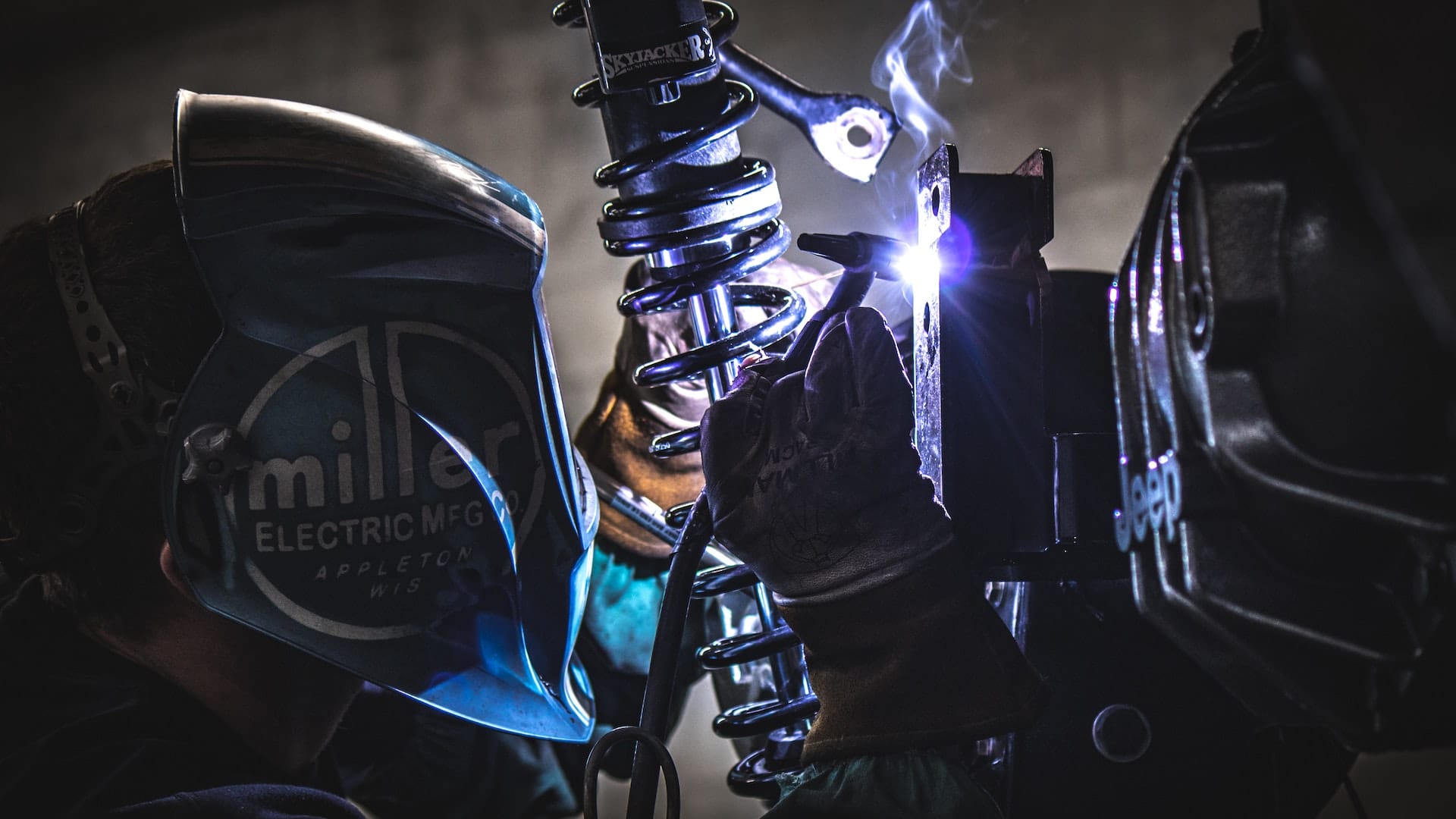

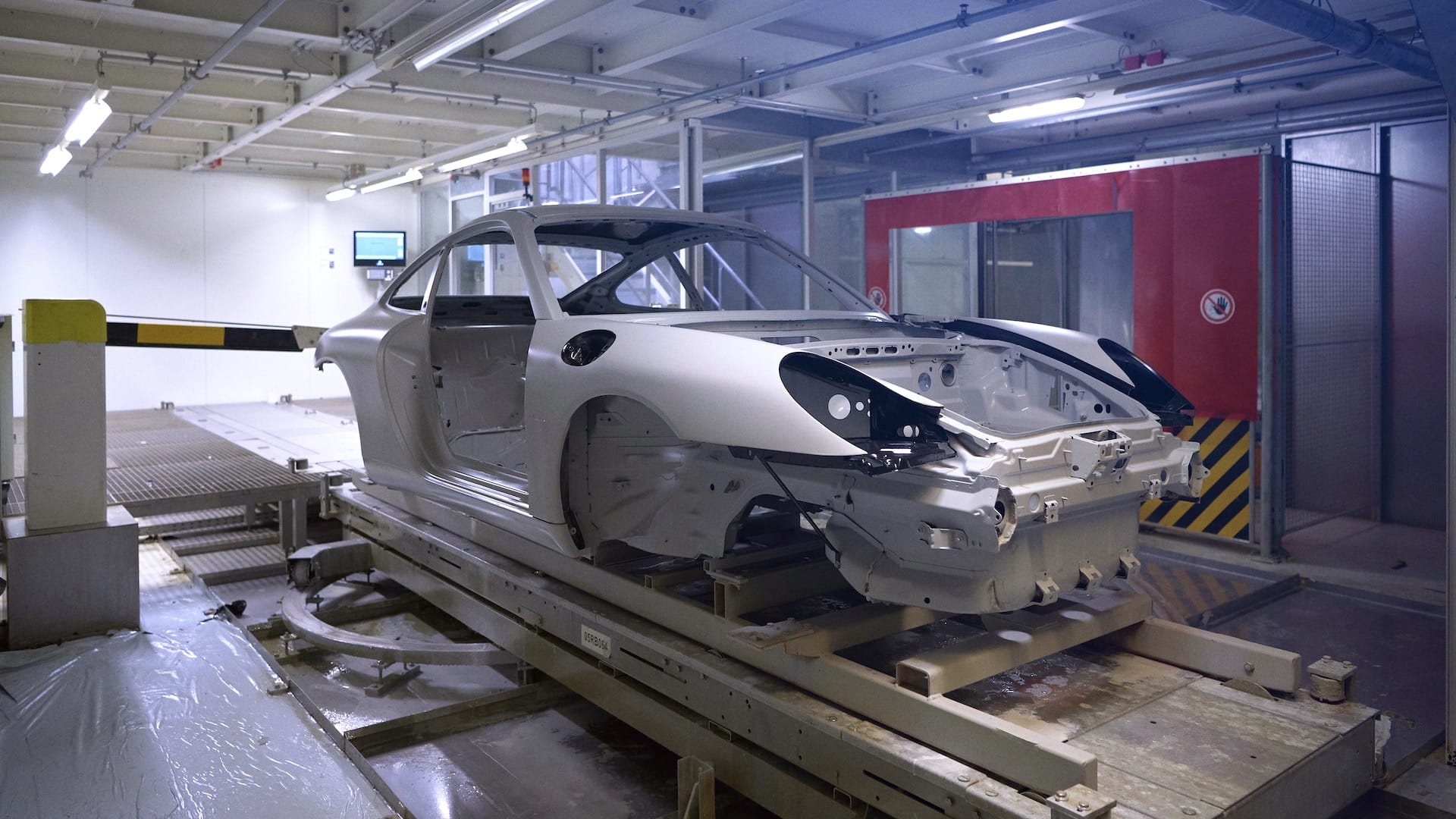

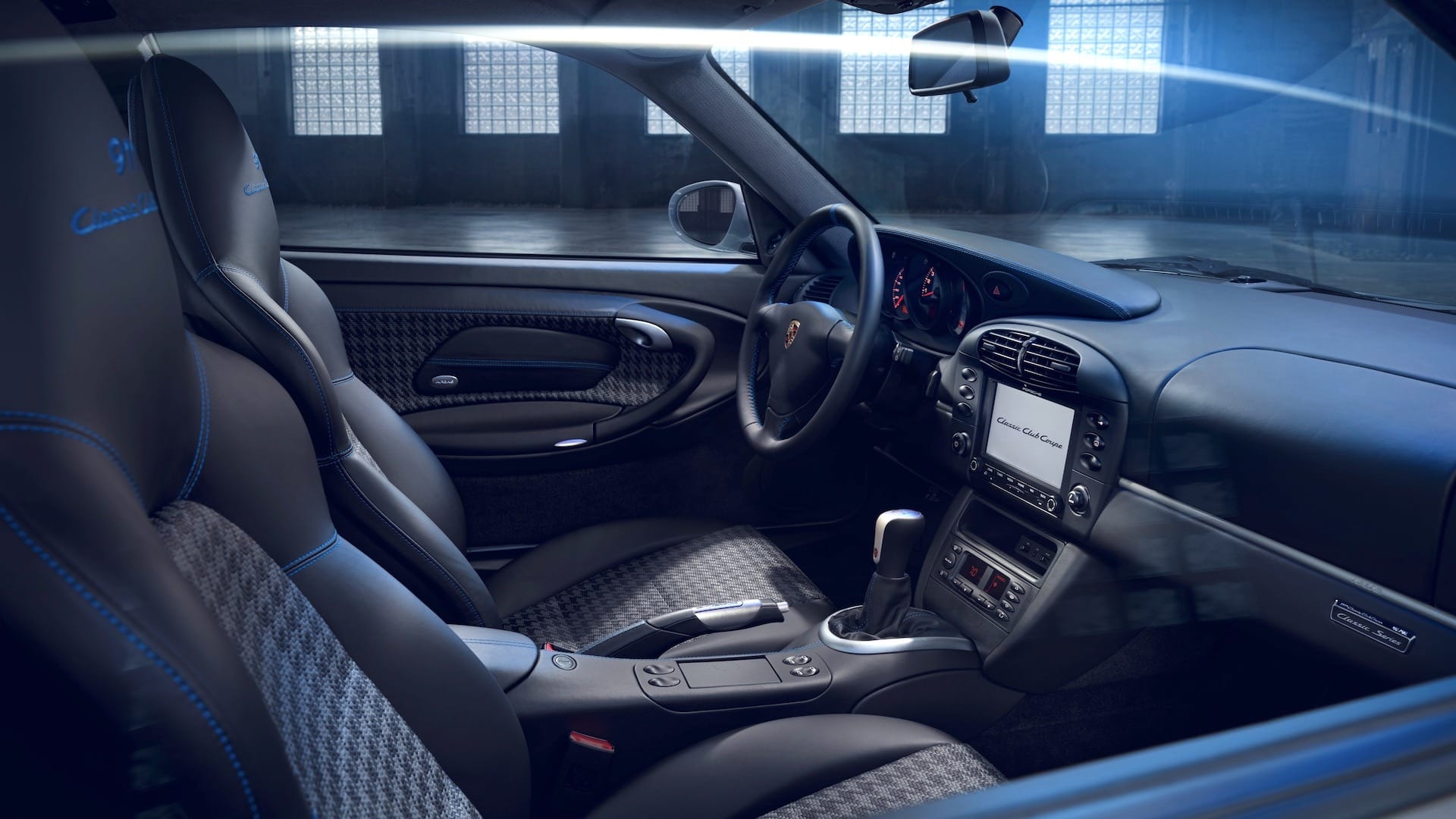

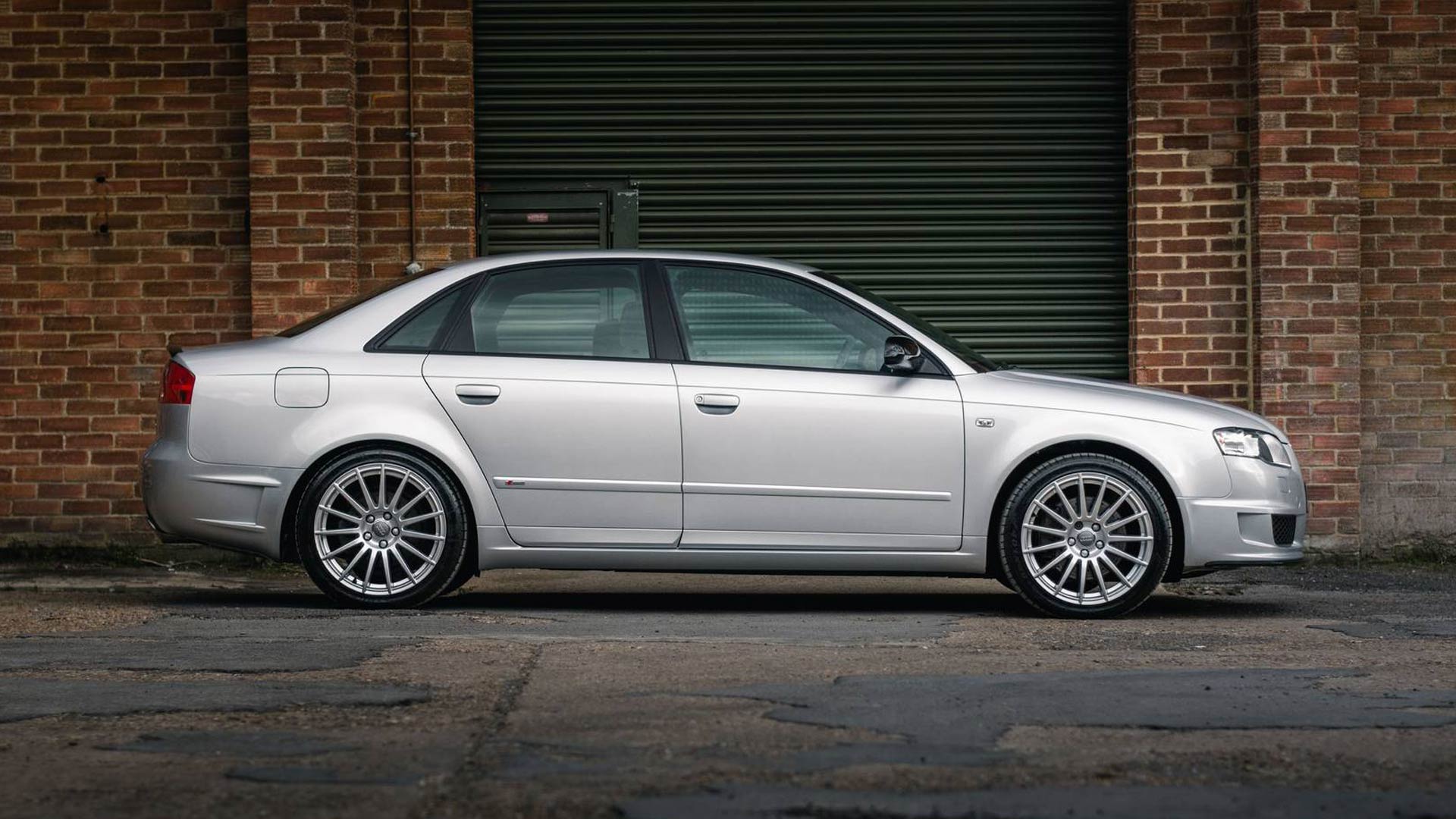
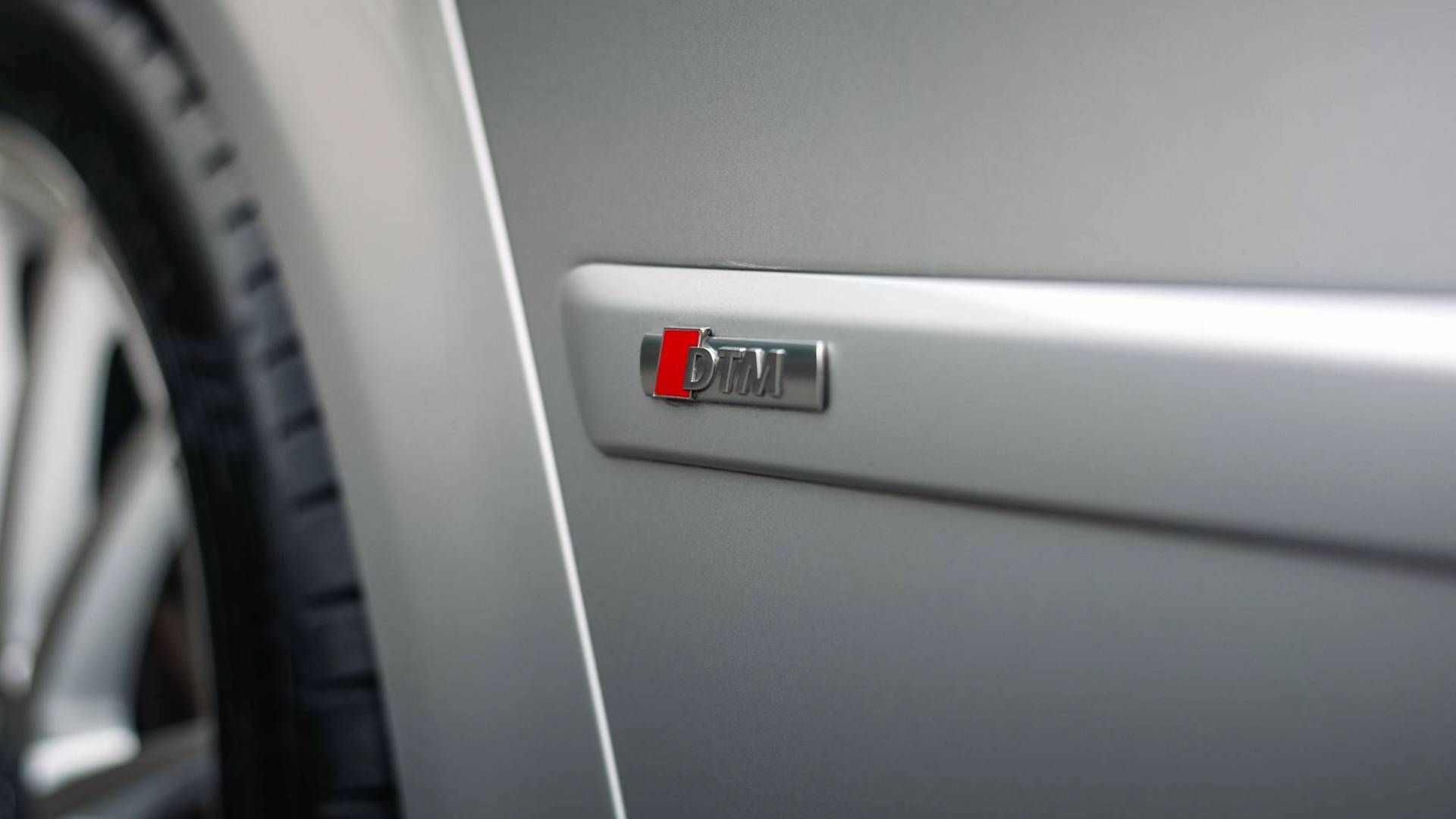
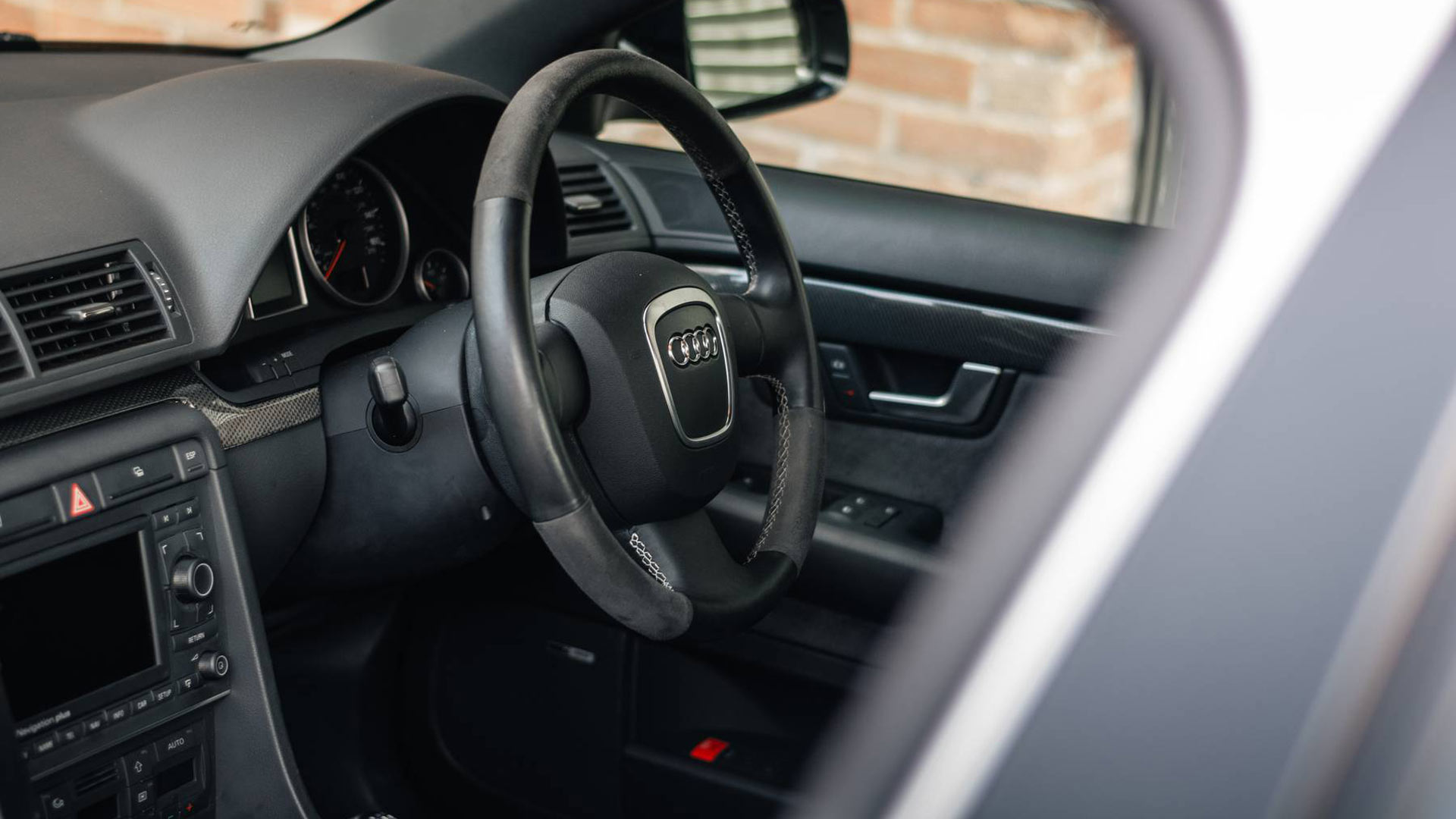
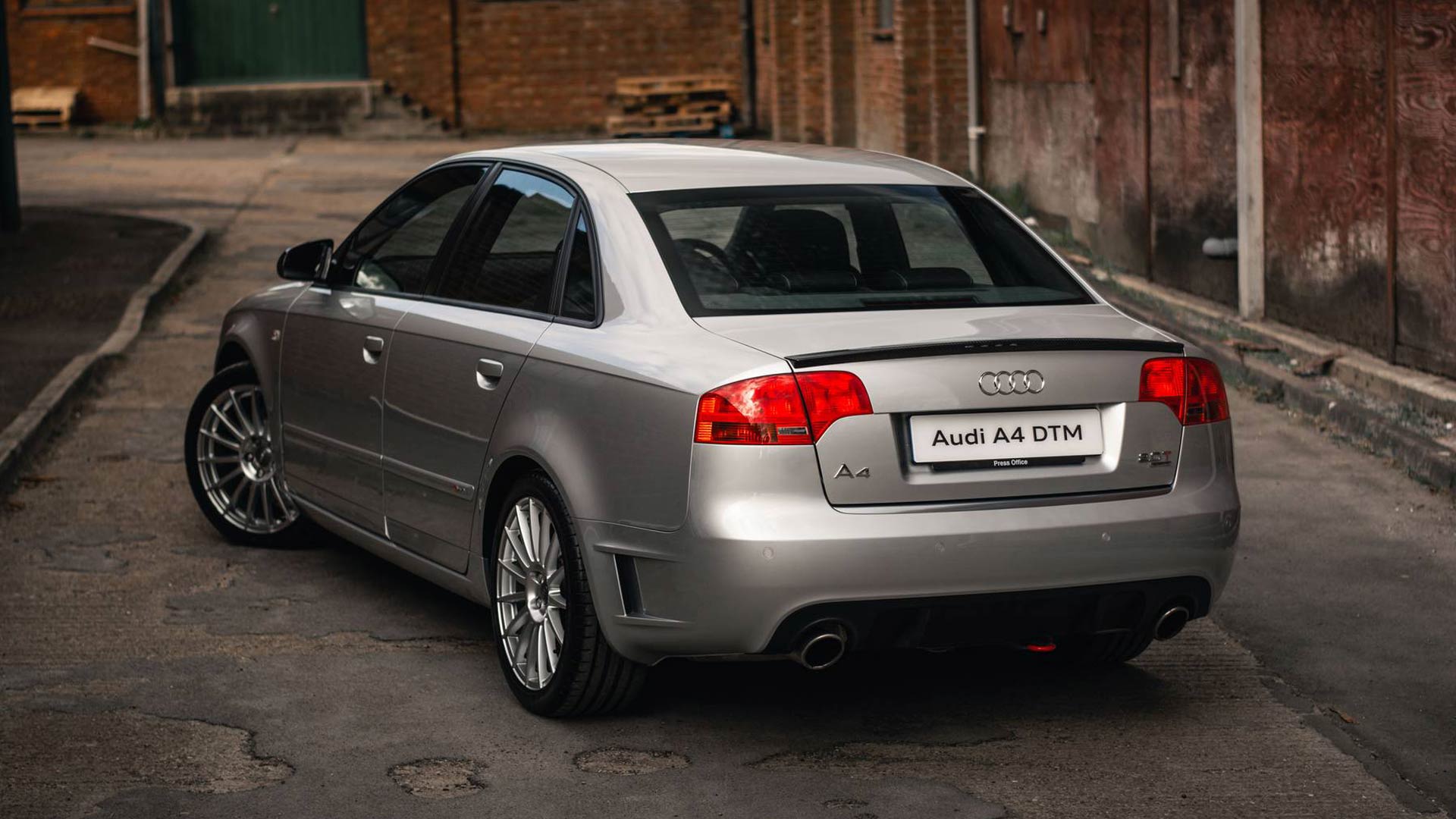

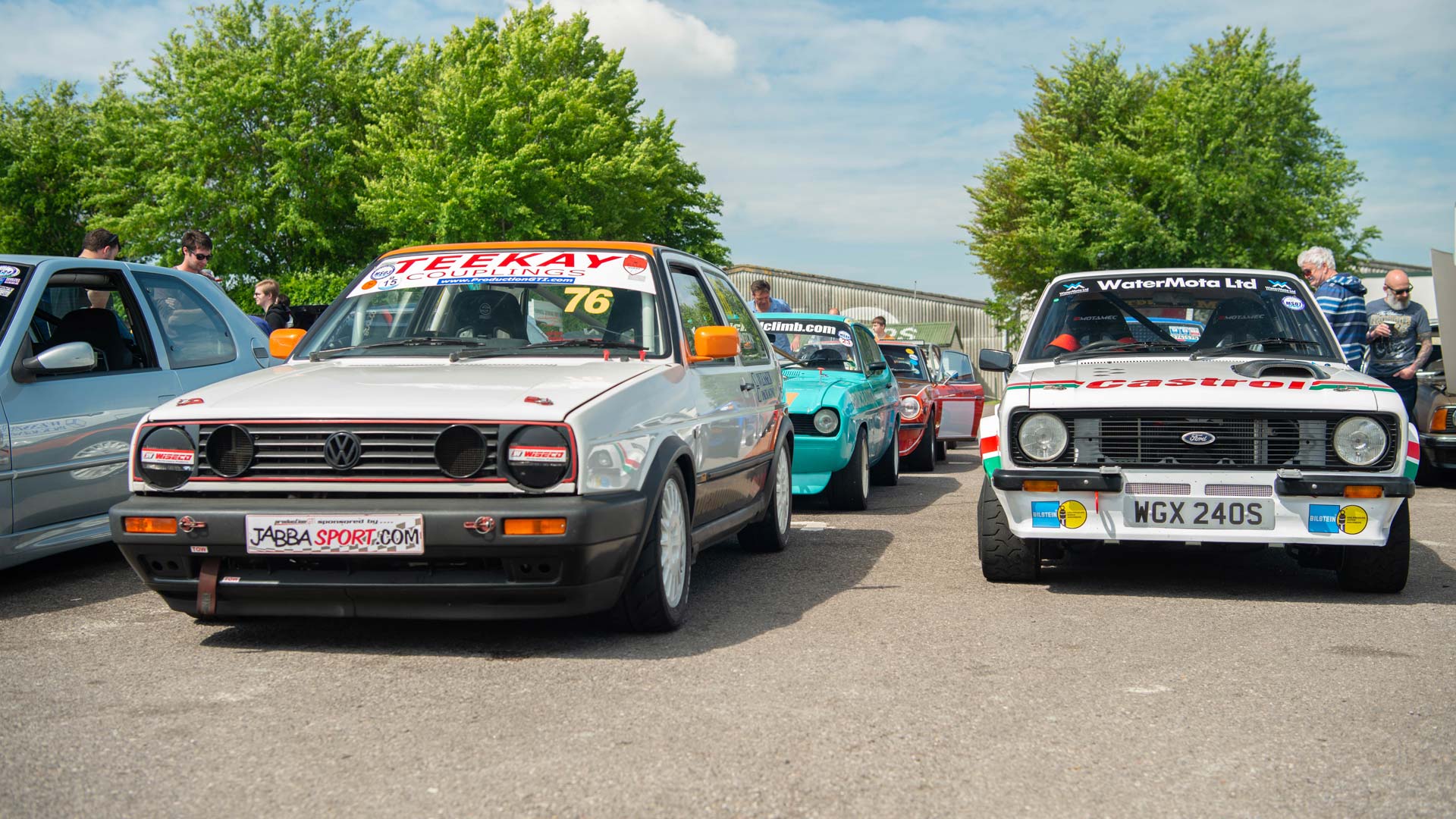
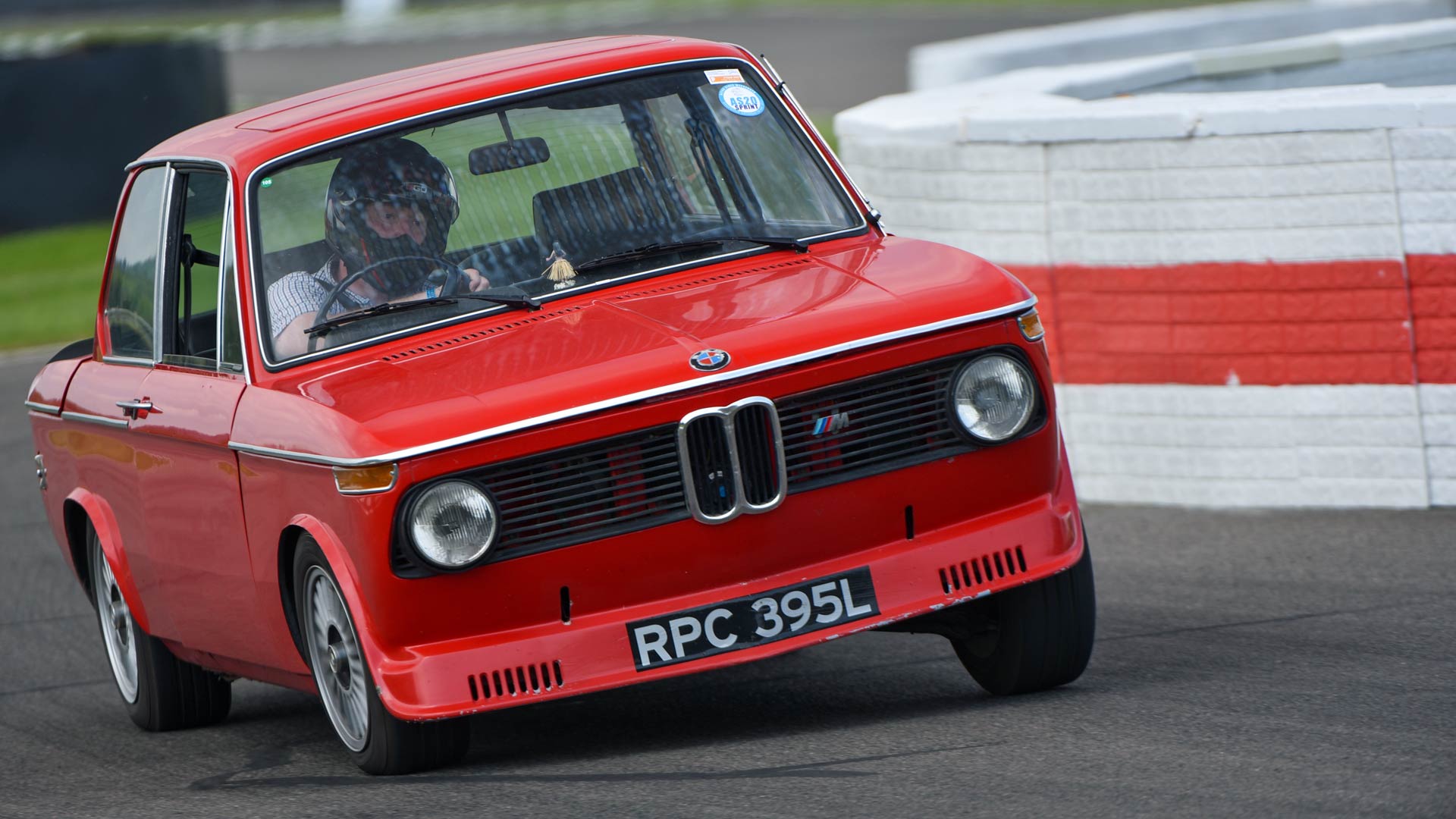



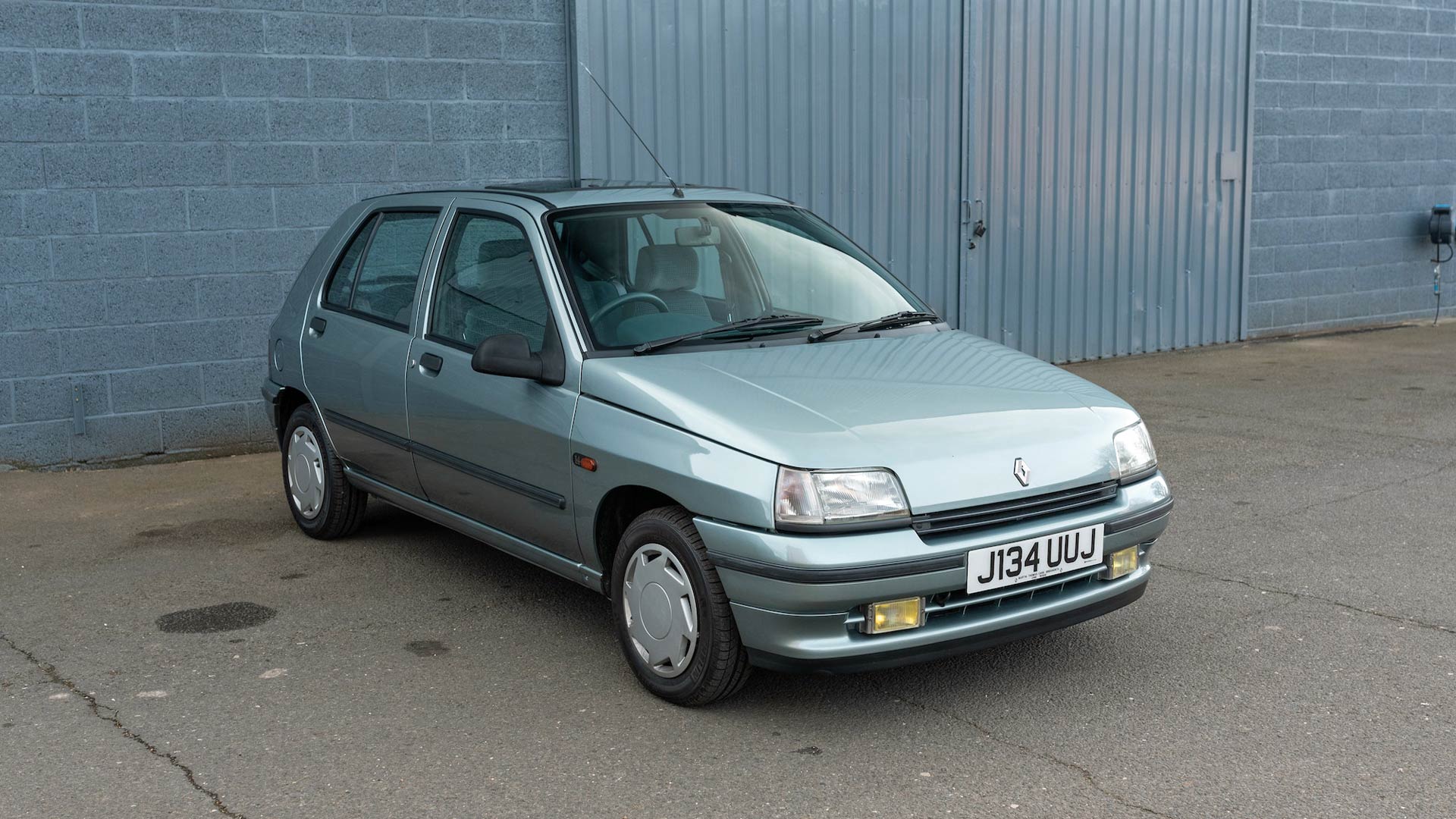
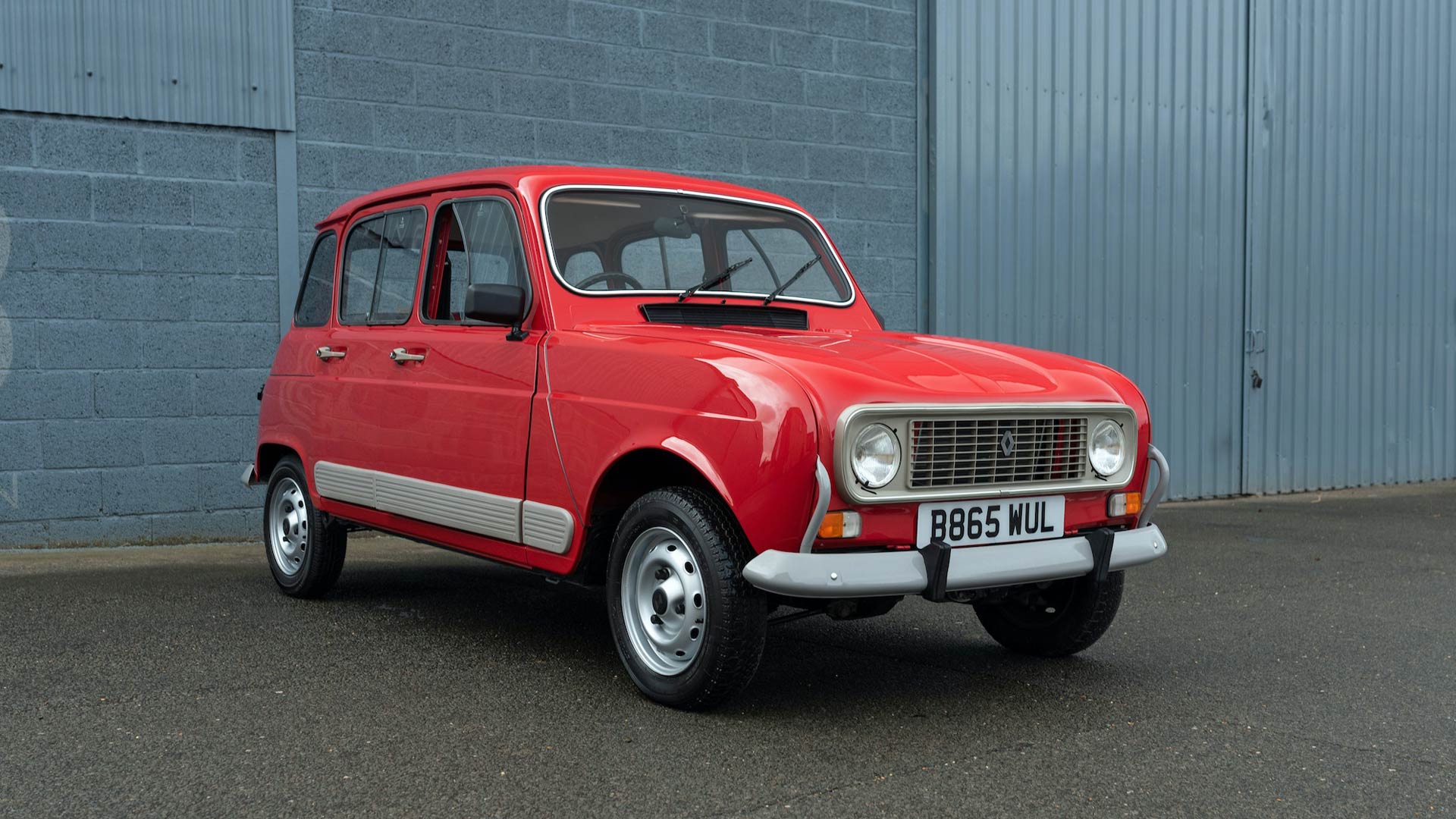
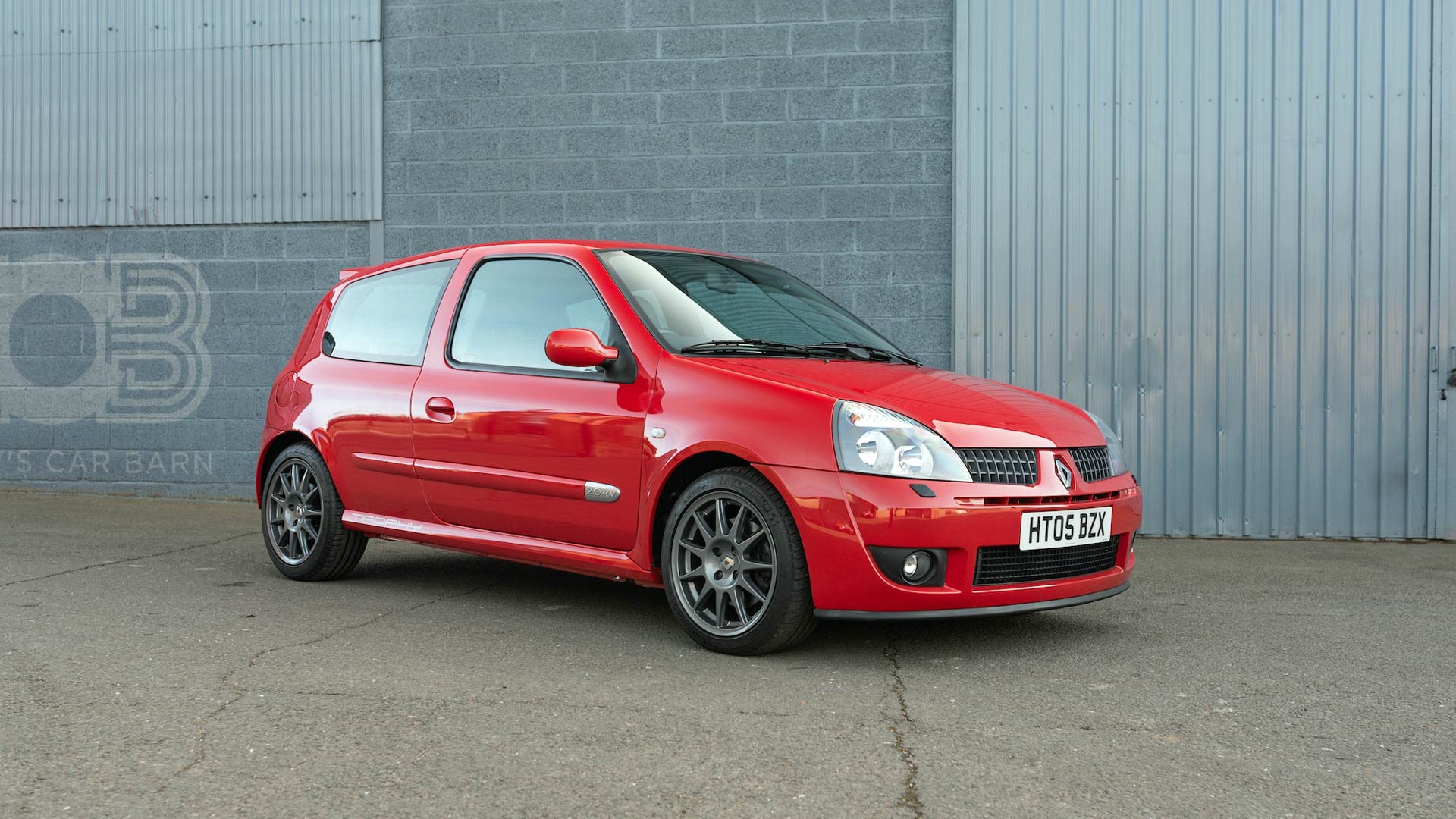
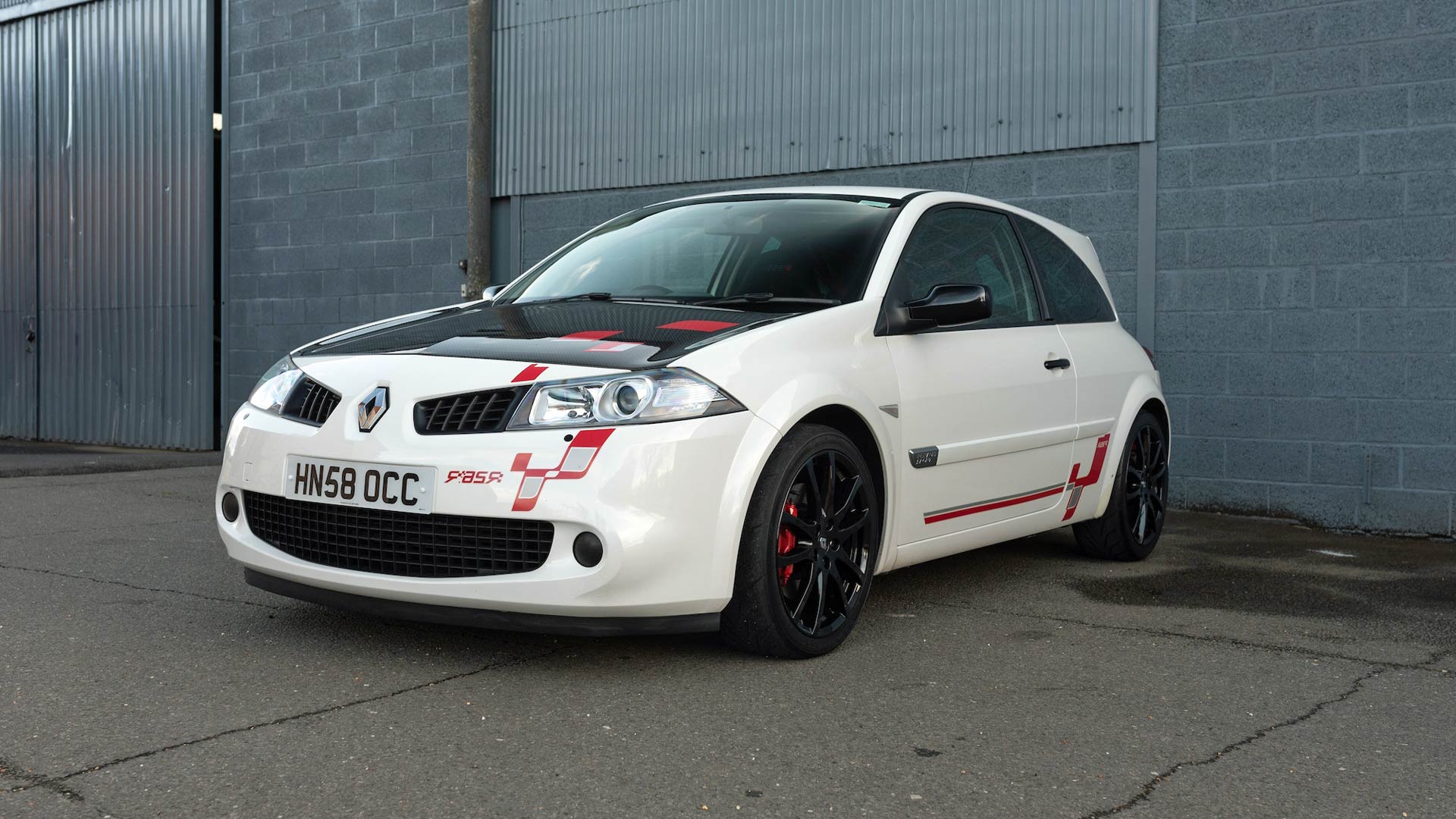
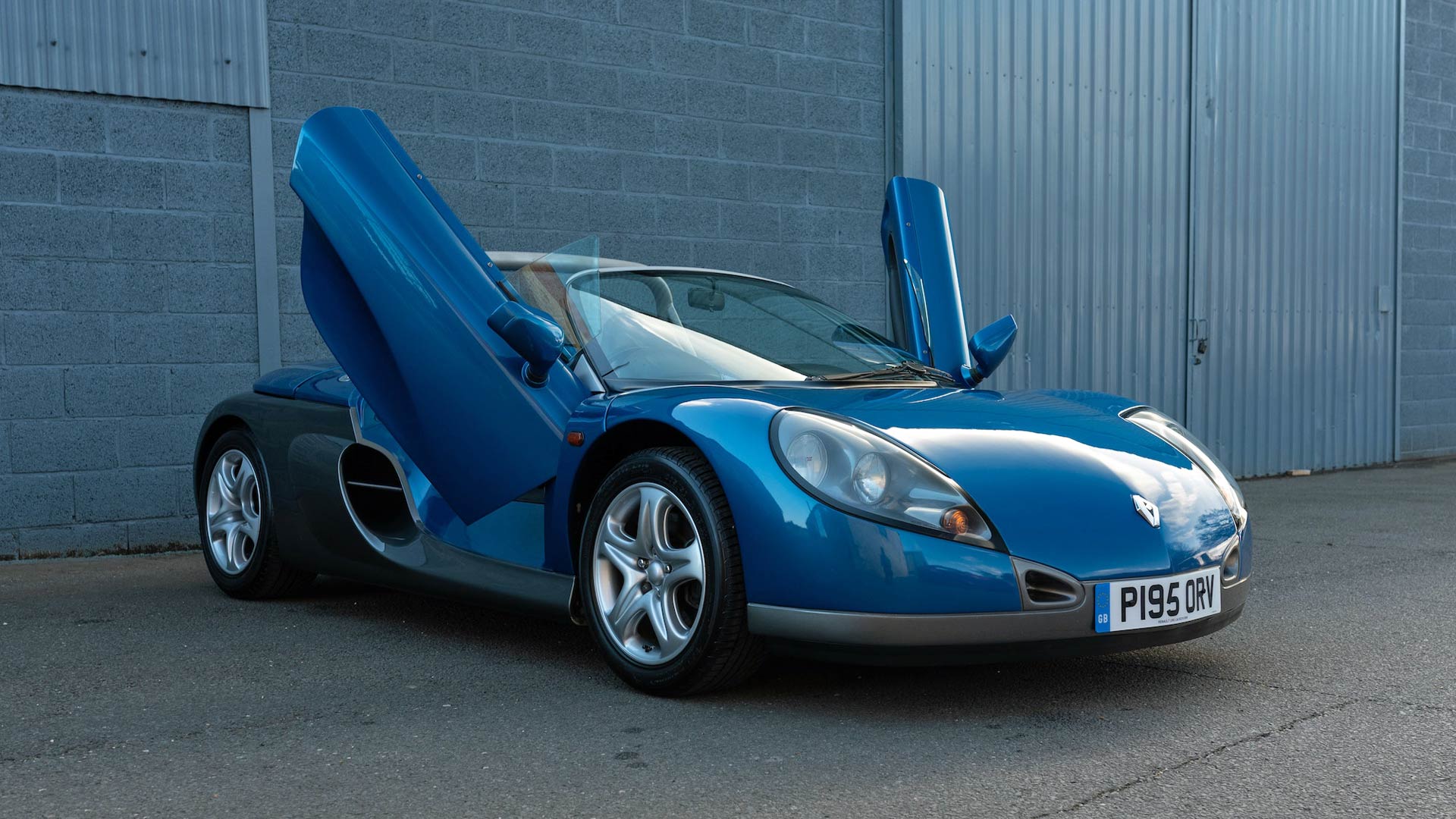

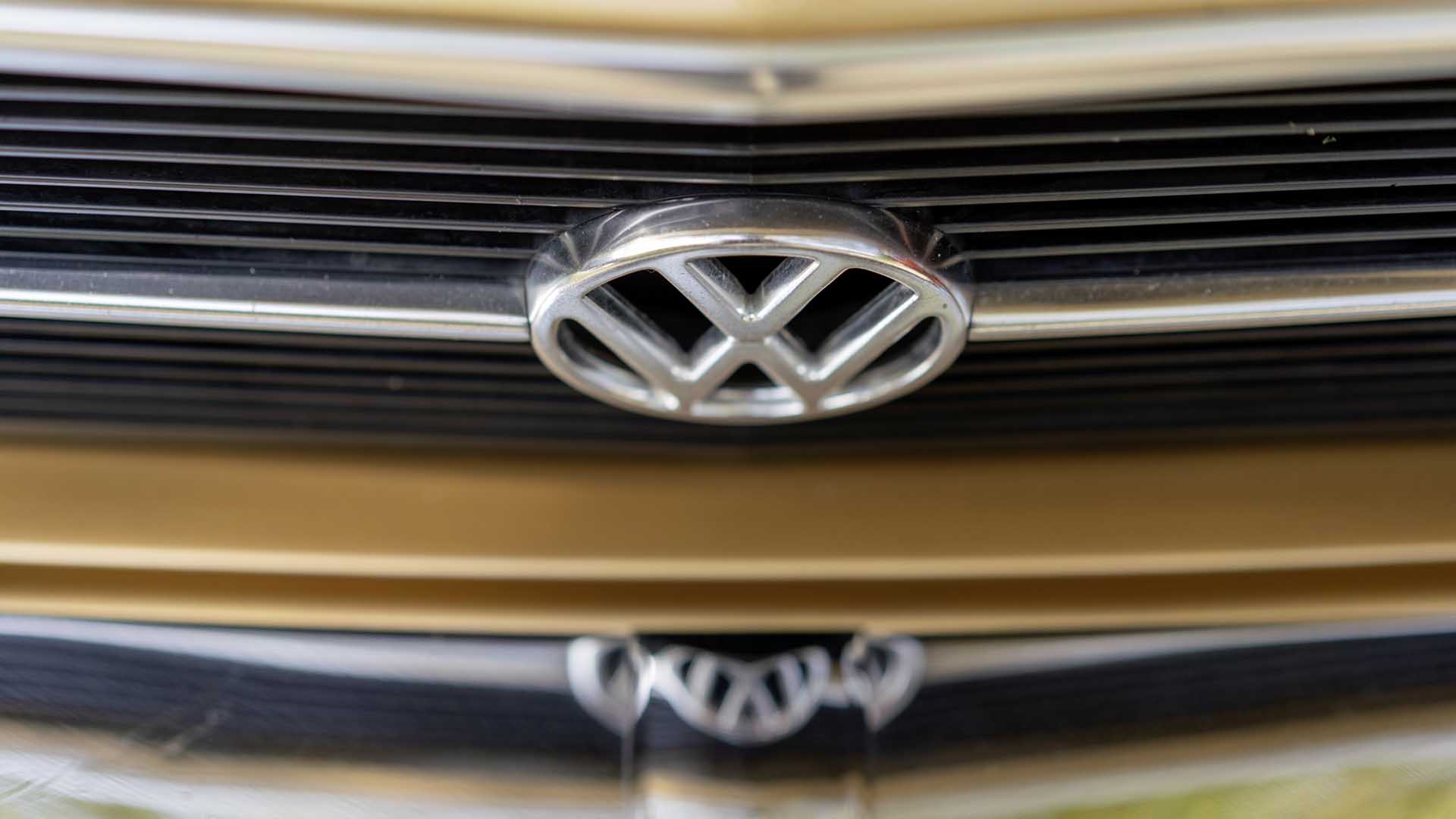
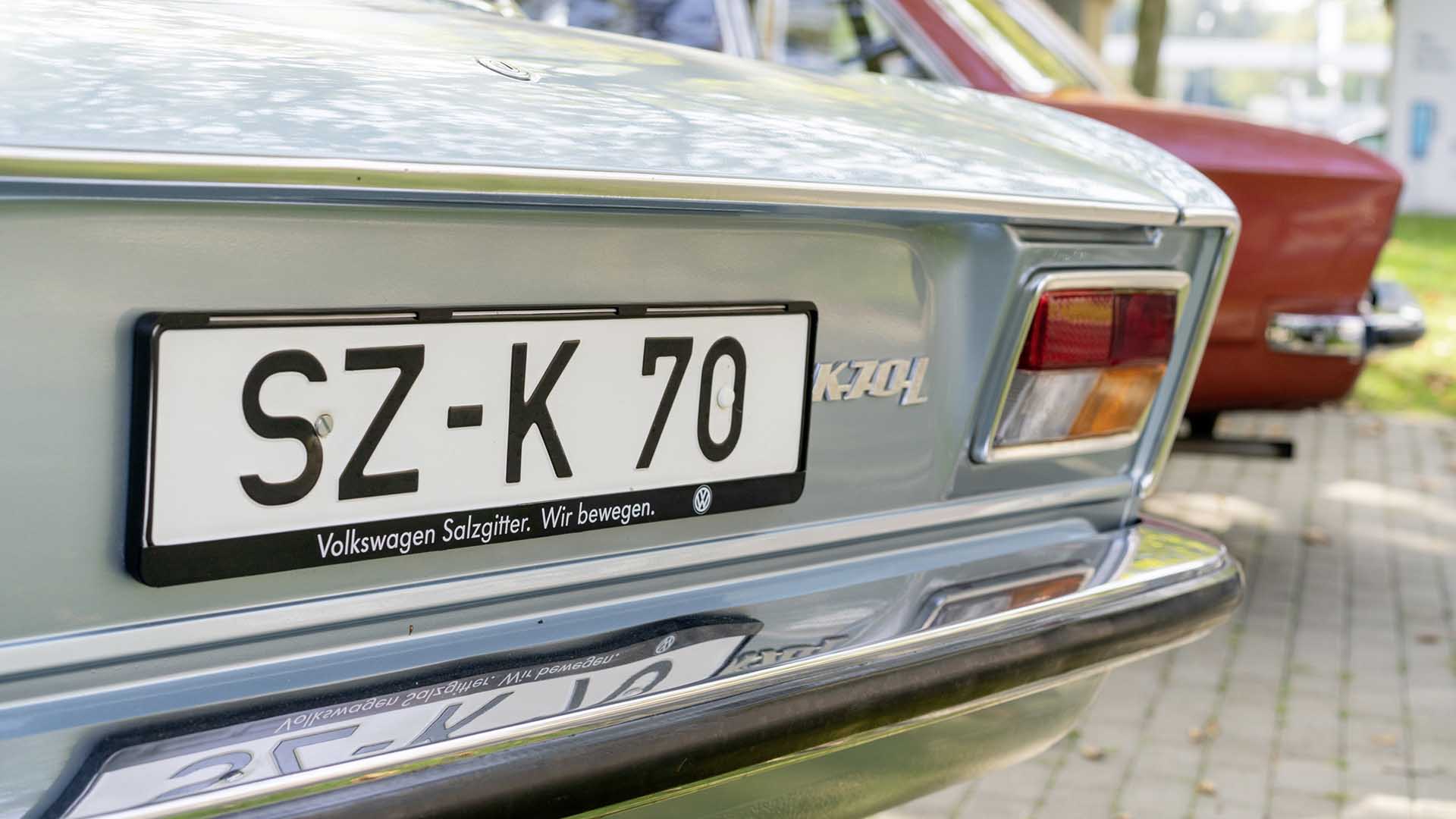
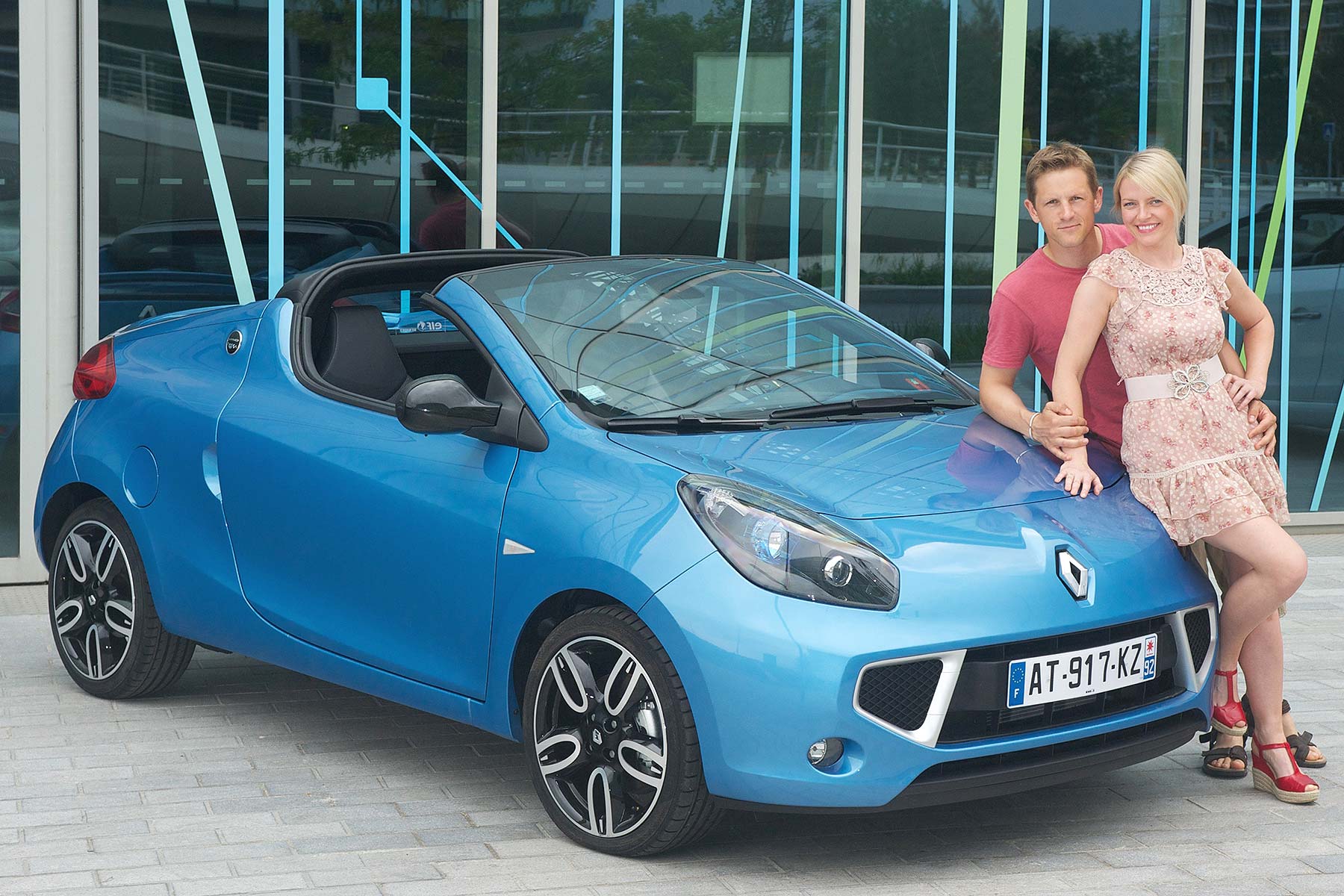
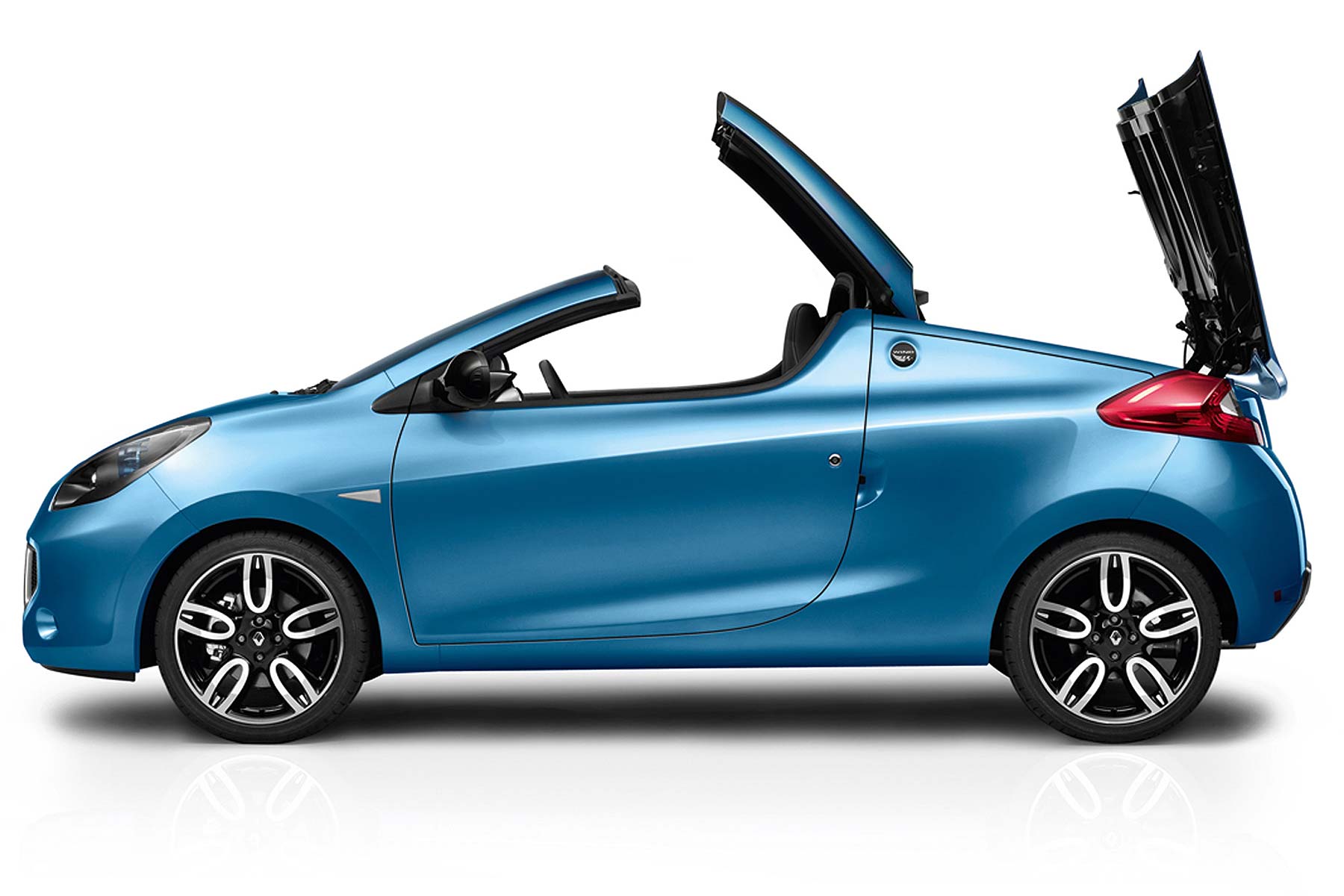 The most intriguing thing about the Wind, though, was its roof. Hinged at the rear, it would perform a 180-degree flip into the boot as an encore to the dizzying rise of its long rear deck lid, which lifted near-vertically to accommodate the Wind’s top.
The most intriguing thing about the Wind, though, was its roof. Hinged at the rear, it would perform a 180-degree flip into the boot as an encore to the dizzying rise of its long rear deck lid, which lifted near-vertically to accommodate the Wind’s top.